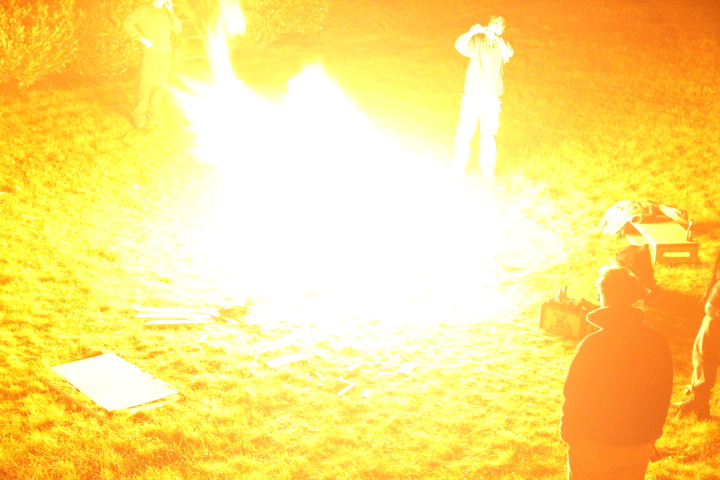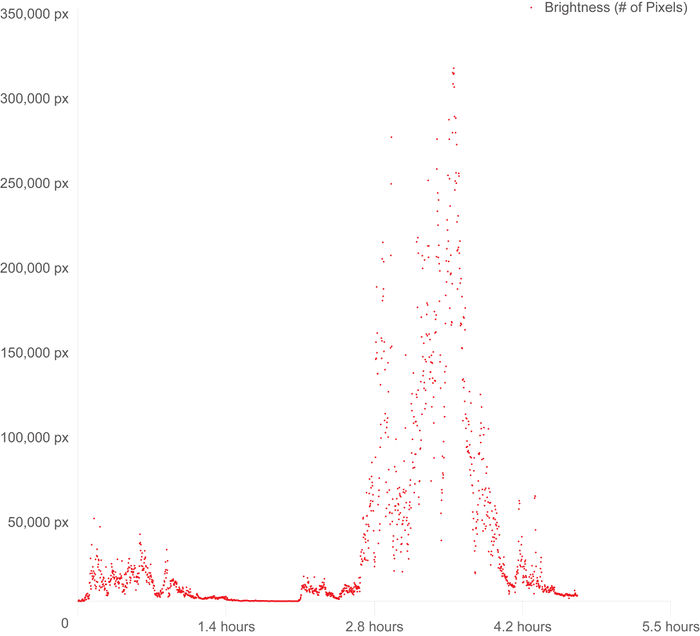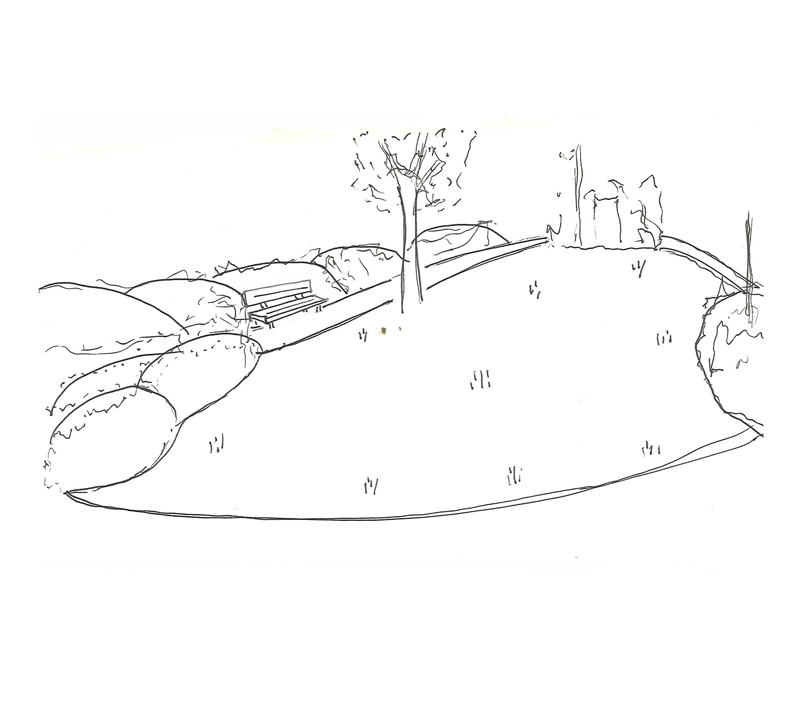project K:Home
| Line 4: | Line 4: | ||
[http://youtu.be/9bHvGcWzdrM Hindu funeral ceremony] [http://www.ciutatsocasionals.net/englishEXPOCOWEB/proyectos/57intimacy/index.htm Urban intimacy] | [http://youtu.be/9bHvGcWzdrM Hindu funeral ceremony] [http://www.ciutatsocasionals.net/englishEXPOCOWEB/proyectos/57intimacy/index.htm Urban intimacy] | ||
</div> | </div> | ||
| − | <div style="float: left; width: | + | <div style="float: left; width: 430px; margin-left:25px; text-align:left"> |
==Intimacy V Disruption== | ==Intimacy V Disruption== | ||
| Line 16: | Line 16: | ||
</div> | </div> | ||
| − | <div style="float: left; width: | + | <div style="float: left; width: 430px; margin-left:35px; text-align:left"> |
==Process== | ==Process== | ||
| − | + | We will use fire as a tool to introduce new disruptive activities to the site and the possibility of magnifying the intimate spaces already identified. Fire in an urban environment is an unusual activity and is generally restricted to a BBQ on a summers day or a bonfire over New Years. This is generally down to a number of factors; the legality of burning material in built up areas, the difficulty in procuring materials to burn and a lack of designated spaces. These are the issues we will need to deal with. We would like to engage with the existing rhythms and flows of materials, information and movement. In this way we can for example look at burning waste materials from the workshop, which will also control how long the fire can burn for and when it can burn. The fire will be autonomous and will self ignite to make it accessible to people passing by. The composition of the physical structure will begin to deal with the question of intimacy and protecting the fire from the wind and rain. | |
| − | + | Certain safety measures will need to be implemented to ensure that the fire does not become out of control. We will construct a fire proof platform on which to burn structures. We will also need to consider getting in touch with the local authorities. | |
| − | + | ||
| − | + | ||
| − | + | ||
| − | + | ||
<br> | <br> | ||
<br> | <br> | ||
Revision as of 00:12, 3 November 2011
Intimacy V Disruption
We propose to concurrently explore the idea of intimacy and disruption through the introduction of fire to the site. This intervention will study what effect the introduction of an atypical activity has on users and local inhabitants and how and why fire creates an intimate space.
Fire as a medium can mediate between intimacy and disruption, depending on its scale and intensity. On the scale of the camp fire it can evoke a primeval sense of protection, by emitting heat and in darkness it defines a visible perimeter, a space of intimacy. However out of control and on the scale of a forest fire or building it can be dangerous and disruptive. For our intervention/experiment, the forest fire is a good example. Whilst being ultimately disruptive and destructive, some ecosystems have evolved with fire as a natural and necessary contributor to habitat vitality and renewal.
We will design, construct and examine various fires based on different scales and typologies. The scale can be considered from intimate to disruptive, and the project should define specific instances in which each condition is manifested at each scale.
Process
We will use fire as a tool to introduce new disruptive activities to the site and the possibility of magnifying the intimate spaces already identified. Fire in an urban environment is an unusual activity and is generally restricted to a BBQ on a summers day or a bonfire over New Years. This is generally down to a number of factors; the legality of burning material in built up areas, the difficulty in procuring materials to burn and a lack of designated spaces. These are the issues we will need to deal with. We would like to engage with the existing rhythms and flows of materials, information and movement. In this way we can for example look at burning waste materials from the workshop, which will also control how long the fire can burn for and when it can burn. The fire will be autonomous and will self ignite to make it accessible to people passing by. The composition of the physical structure will begin to deal with the question of intimacy and protecting the fire from the wind and rain.
Certain safety measures will need to be implemented to ensure that the fire does not become out of control. We will construct a fire proof platform on which to burn structures. We will also need to consider getting in touch with the local authorities.
Phenomena of fire
post-industrial urban fire
Recycling architectural fragments
Reverse warming
Fire as attractor
Using excess architecture







